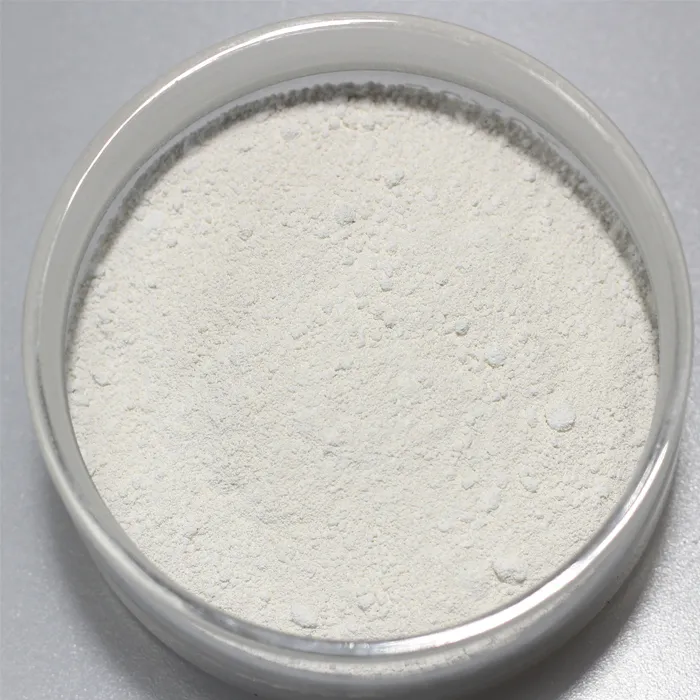Types of Active Pharmaceutical Ingredients
Active Pharmaceutical Ingredients (APIs) are the biologically active components responsible for the therapeutic effect of medications. These compounds are essential for drug formulation and can be classified based on their chemical structure, function, and source. Understanding the various types of APIs can provide insights into drug development and the complexities involved in pharmaceutical manufacturing.
1. Chemical Classification of APIs
APIs can be broadly classified into small molecules and biologics. Small molecule APIs are typically synthesized through chemical reactions and have low molecular weights. They are often administered orally and include a wide range of medications such as analgesics, antibiotics, and antihypertensives. Examples include paracetamol (acetaminophen) and atorvastatin.
On the other hand, biologic APIs are derived from living organisms and include a variety of products such as vaccines, blood components, and monoclonal antibodies. Due to their larger size and complexity, biologics usually require more sophisticated methods of manufacturing and quality control. Insulin and adalimumab are prime examples of biologic APIs utilized in treating diabetes and autoimmune diseases, respectively.
2. Sources of APIs
APIs can also be classified based on their sources. Natural APIs are derived from plants, animals, or minerals, and have been used for centuries in traditional medicine. For instance, morphine is extracted from the poppy plant, while digoxin is sourced from the foxglove plant. These natural products undergo extensive purification processes to isolate the active compounds.
Synthetic APIs, in contrast, are produced through chemical synthesis in laboratories or industrial settings. The advantages of synthetic APIs include the ability to create well-defined structures and optimize pharmacological properties. Many modern medications, including statins and selective serotonin reuptake inhibitors (SSRIs), are synthetic compounds that have been strategically designed to enhance efficacy and reduce side effects.
3
. Function-Based Classification of APIstypes of active pharmaceutical ingredients

From a functional perspective, APIs can be categorized as either therapeutic or diagnostic. Therapeutic APIs are used for treating diseases and alleviating symptoms. They work through various mechanisms, such as inhibiting enzymes, binding to receptors, or altering cellular functions. For instance, ACE inhibitors help manage high blood pressure by inhibiting the angiotensin-converting enzyme.
Diagnostic APIs, however, are employed in medical imaging and laboratory diagnostics. These agents, including contrast media used in radiographic procedures, help healthcare professionals visualize anatomical structures and assess organ function. Their critical role in diagnosis makes them indispensable in modern medicine.
4. Emerging Trends in API Development
With advancements in technology and an increasing emphasis on personalized medicine, the API landscape is continually evolving. Novel therapeutic approaches, such as gene therapy and cell therapy, are gaining traction. These methods focus on addressing the root causes of diseases at the genetic level and may involve complex biologic APIs.
Additionally, the rise of biotechnology has facilitated the development of biosimilars—products that are highly similar to an already approved biologic API. Biosimilars promise reduced costs and improved access to critical therapies, particularly for chronic conditions such as rheumatoid arthritis and certain cancers.
5. Regulatory Considerations
The development and approval of APIs are subject to rigorous regulatory scrutiny to ensure safety, efficacy, and quality. Regulatory agencies, such as the U.S. Food and Drug Administration (FDA) and the European Medicines Agency (EMA), set stringent guidelines that must be followed throughout the API lifecycle, from discovery to commercial production.
In conclusion, understanding the types of Active Pharmaceutical Ingredients is crucial for both pharmaceutical professionals and healthcare consumers. The classification of APIs based on chemical structure, source, and function highlights the diversity of these critical agents in modern medicine. As research and technology continue to advance, the future of APIs promises new possibilities for treating health conditions and improving patient outcomes.

